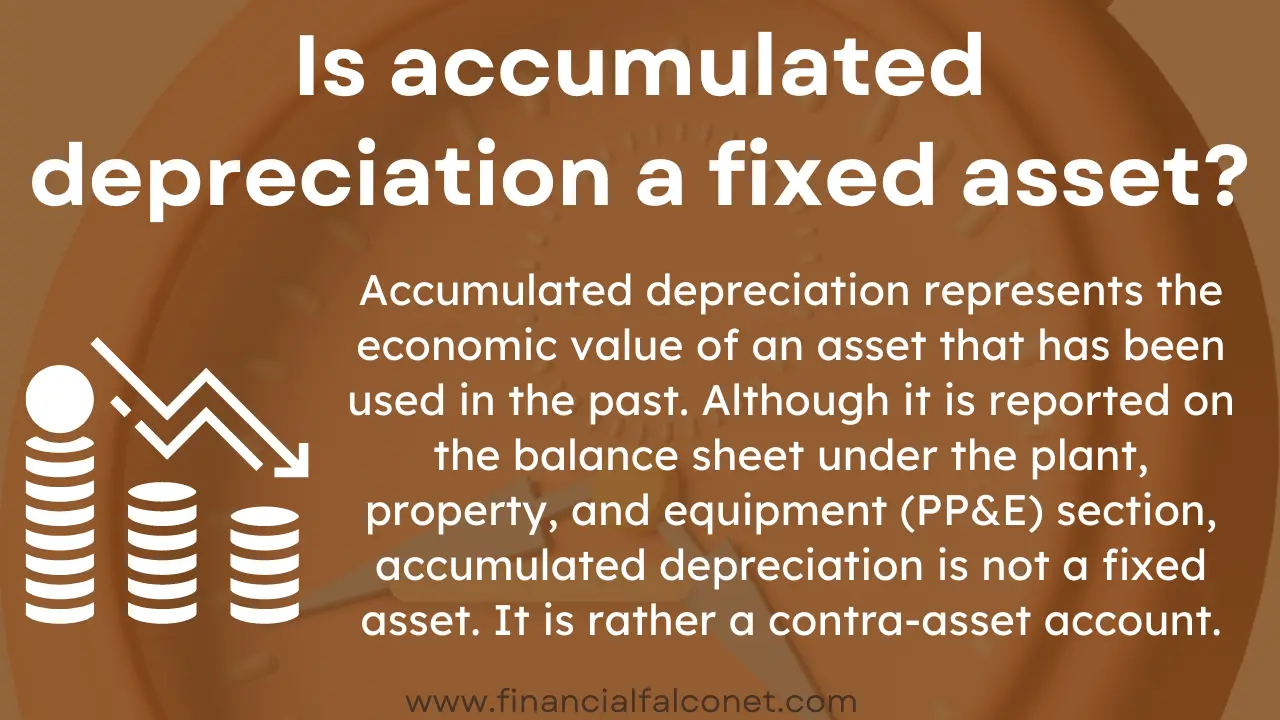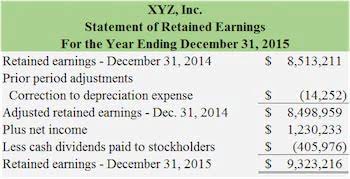Closing Entries Types Example
We have completed the first two columns and now we have the final column which represents the closing (or archive) process. This indicates that expenses exceed revenues, resulting in a loss. An accounting year-end which is not the calendar year end is sometimes referred to as a fiscal year end. The term can also mean whatever they receive in their paycheck after taxes have been withheld.
It helps in transferring the net income or loss to retained earnings. After closing revenue accounts to the Income Summary, expenses are also closed to this account. The resulting balance in the Income Summary, which represents the net income or loss, is then transferred to retained earnings. This account is only used during the closing process and does not appear in financial statements.
These entries ensure all temporary accounts are closed, and the balances are transferred to retained earnings, updating the equity section of the product costs – types of costs and examples balance sheet. This process prepares accounts for the next financial year, allowing the business to start fresh with zero balances in its income and expense accounts. Additionally, the Income Summary account plays a vital role during the closing process. This temporary account is utilized solely for closing entries and is not used throughout the year. It helps facilitate the transfer of balances from temporary accounts to permanent accounts, ensuring that the financial records are accurately reset for the new accounting period. Also known as real or balance sheet accounts, these are general ledger entries that do not close at the end of an accounting period but are instead carried forward to subsequent periods .
At the start of the new accounting period, the closing balance from the previous accounting period is brought forward and becomes the new opening balance on the account. Other than the retained earnings account, closing journal entries do not affect permanent accounts. Next, the expense accounts, which generally carry a debit balance, are closed by crediting each expense account.
The beautiful thing is that some accounting programs like QuickBooks, make these entries for you. Lastly, you’ll repeat the process for each temporary account that you have to close. Alright, with a high-level understanding let’s dive into the 4-step close process. Accounts can be closed on a monthly, quarterly, semi-annual or annual basis. It is really determined by a company’s need for financial reporting. Most companies close on a monthly or annual basis but that isn’t to say it is uncommon to see a quarterly or semi-annual close.
For partnerships, each partners’ capital account will be credited based on the agreement of the partnership (for example, 50% to Partner A, 30% to B, and 20% to C). For corporations, Income Summary is closed entirely to «Retained Earnings». Notice that the balance of the Income Summary account is actually the net income for the period. Remember that net income is equal to all income minus all expenses.
What if there is a credit balance in the revenue account?
In the next accounting period, these temporary accounts are opened again and normally start with a zero balance. In a general financial accounting system, temporary or nominal accounts include revenue, expense, dividend, and income summary accounts. At the end of a fiscal year, a company performs an accounting procedure known as year-end close, or a closing of the books. This closing procedure enables a company to measure its financial performance and operating results for each reporting year, and to measure business trends horizontal analysis: definition and overview and growth for each year.
- This makes it easier to do monthly tasks like bank reconciliation, sending sales tax reports to the state, paying your suppliers, and generating customer statements.
- You can find this by taking a look at the trial balance or income statement in your accounting system.
- On this information, we’ll cowl every part it’s essential know, from the fundamentals of income accounts to the detailed steps concerned in closing them on the finish of an accounting interval.
Step 4: Shut Clearing Account to Retained Earnings
When dividends are declared by corporations, they are usually recorded by debiting Dividends Payable and crediting Retained Earnings. Note that by doing this, it is already deducted from Retained Earnings (a capital account), hence will not require a closing entry. The $1,000 net profit balance generated through the accounting period then shifts. This is from the income summary to the retained earnings account. In this case, if you paid out a dividend, the balance would be moved to retained earnings from the dividends account.
The expense accounts have debit balances so to get rid of their balances we will do why allocate overhead costs the opposite or credit the accounts. Just like in step 1, we will use Income Summary as the offset account but this time we will debit income summary. The total debit to income summary should match total expenses from the income statement.
Revenue, often referred to as the «top line,» represents the total amount of money your business earns from its normal operations, such as selling products or providing services. It’s vital in business to keep a detailed record of your accounts. On the finish of an accounting interval, sometimes month-to-month or yearly. You might not feel like an expert in closing entries just yet but you can always refer back to refresh your memory.
Step 3: Close Income Summary account
Real accounts, also known as permanent accounts, are quite different compared to their temporary equivalents. They persist from one accounting period to the next and maintain their balances over time unlike temporary accounts which are closed at the end of the period. These permanent files include assets, liabilities and equity sections making them very useful in showing the company’s financial position that lasts long. A temporary account is an income statement account, dividend account or drawings account. At the end of the accounting period, the balance is transferred to the retained earnings account, and the account is closed with a zero balance.
Step 3: Close Income Summary to the appropriate capital account
- 🌟 I’ll share some real-world examples so you see how to apply these steps in any business.
- Revenue is the total money your business brings in from selling goods or services.
- One account you’ll want to be aware of when performing closing entries is the income summary account.
- We see from the adjusted trial balance that our revenue account has a credit balance.
- The term «net» relates to what’s left of a balance after deductions have been made from it.
- For partnerships, each partners’ capital account will be credited based on the agreement of the partnership (for example, 50% to Partner A, 30% to B, and 20% to C).
In order to produce more timely information some businesses issue financial statements for periods shorter than a full fiscal or calendar year. Such periods are referred to as interim periods and the accounts produced as interim financial statements. Once you have your total income figured out, it’s time to make the journal entry to close those records. Unlike temporary accounts, they’re not reset; instead, they carry their balances from one period to the next. In essence, we are updating the capital balance and resetting all temporary account balances. In addition, if the accounting system uses subledgers, it must close out each subledger for the month prior to closing the general ledger for the entire company.
Notice how only the balance in retained earnings has changed and it now matches what was reported as ending retained earnings in the statement of retained earnings and the balance sheet. At the end of an accounting period, typically monthly or annually. The process of using of the income summary account is shown in the diagram below. Welcome to AccountingJournalEntries.com, your ultimate resource for mastering journal entries in accounting. Enhance your accounting skills and knowledge with our comprehensive resources tailored for professionals and students alike.
Make a Preliminary Trial Balance
You will start by clearing out the income accounts from the income statement (revenue) and crediting the income summary. Revenue accounts are ledger accounts that track the income generated by a business during an accounting period. These accounts capture revenue from various sources, such as sales of products or services, commissions, and interest earned. Suppose a business had the following trial balance before any closing journal entries at the end of an accounting period.
















